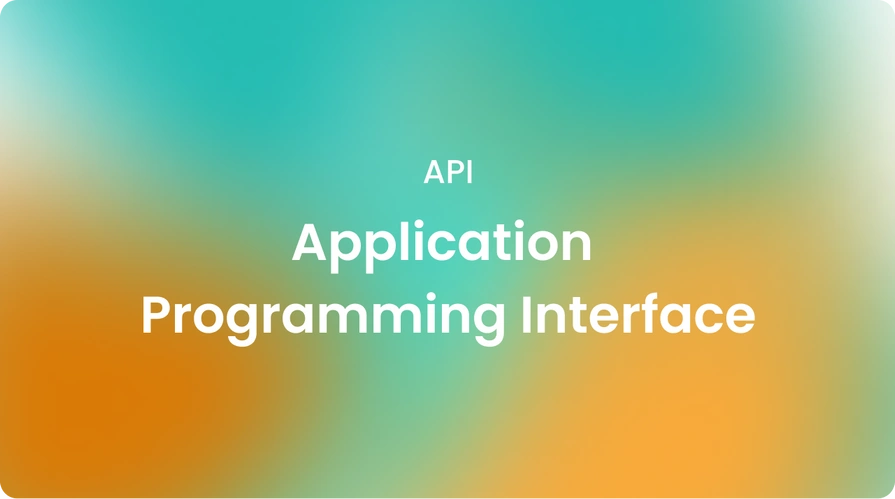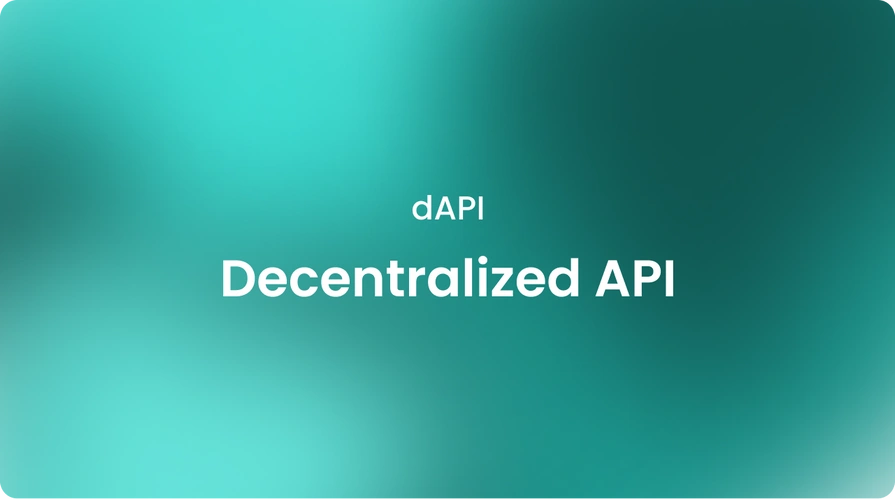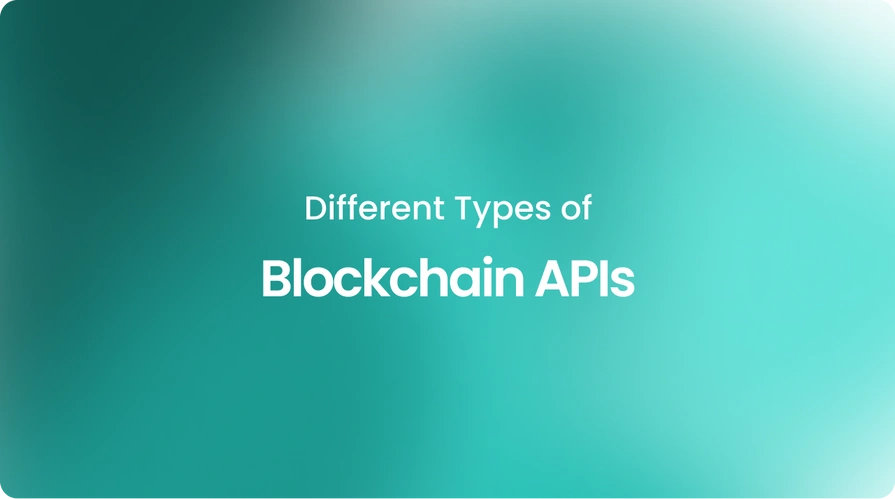|technology, knowledgehub
What Is the REST API?

As companies continue to build new digital products and services that need to connect with external systems, APIs have become increasingly important. From mobile applications to web services, REST APIs are ubiquitous, quietly powering interactions between different programs behind the scenes.
REST stands for "representational state transfer." Roy Fielding conceptualized REST architecture in 2000 as a way to guarantee seamless interoperability on the web.
The key REST constraints include using a stateless client-server protocol like HTTP, making requests to a server's resources via unique URLs, and representing resources in standard, internet-friendly formats like JSON or XML.
But what exactly are RESTful APIs, and how do they work? In this article, we'll explore the basics of RESTful APIs and how they benefit developers in detail. Let’s continue!
The basic principles of REST
Some of the key principles that define RESTful architectures include: Restful API leverages standard HTTP requests and methods like GET, POST, PUT, and DELETE to perform CRUD operations on resources.
This allows for numerous API benefits, like simplified development and enhanced performance and scalability compared to other API architectures.
URI (Uniform Resource Identifier)
The API endpoint uniquely identifies the resource, such as /users.
HTTP methods
The operation to perform, e.g., GET, POST, PUT, DELETE.
Status codes
The response includes a numeric status code indicating success or failure, such as 200 for OK or 404 for Not Found.
How do REST APIs work?
The REST API leverages standard HTTP requests to operate on resources identified through URIs. These basic elements allow client applications to perform CRUD (create, read, update, delete) operations on web-accessible resources through simple HTTP requests.
What does a RESTful API client request include?
An HTTP request made by a RESTful API client includes, at a minimum:
- A URI pointing to the targeted resource.
- An HTTP verb indicating the operation (GET, POST, etc.)
- Include all necessary parameters and body content.
- Standard HTTP headers like authentication and content type.
What are the RESTful API authentication methods?
Some common approaches for RESTful API authentication include:
- Basic authentication requires a username and password in the authorization header.
- In the authorization header, bearer/JWT tokens are passed.
- API keys include custom headers.
- OAuth/OpenID Connect flows for user authorization
What does the RESTful API server response include?
Messages from the RESTful API server response include:
- Status lines indicate the request's success or error using HTTP status codes such as 200, 201, 400, and so on.
- Optional response headers for caching, authentication, and content type
- Representation of the resource in the requested serialization format, like JSON, XML, etc. Links to related resources are also provided.
- An included human-readable error message aids in debugging error responses.
The importance of REST
By adopting standardized REST conventions, application programming interfaces have become more discoverable, reusable, and scalable across teams and organizations.
This simplifies the development process while facilitating seamless connectivity between diverse systems. The looser coupling between clients and services also improves long-term maintainability and evolvability.
Advantages and Challenges of REST
Key benefits of the REST architectural style include simplified development, enhanced performance, and scalability. However, some challenges include limited functionality for complex requests and inherent overhead from the HTTP protocol.
What is an API?
An API, or Application Programming Interface, is the interface that allows two or more software programs to exchange information and interact with each other securely over the internet.
APIs allow client applications to call code through endpoints without needing knowledge of the underlying implementation. Cryptocurrency platforms are exploring how to apply API vs REST API principles to building open yet secure ecosystems.
Basic API principles
Some of the basic principles that define all APIs include:
- Requests and responses
- Loose coupling
- Abstraction
- Code reuse
How do APIs work?
The process of how application programming interfaces function can be outlined as follows:
- A client application makes a request to the API endpoint URI.
- The server hosting the API receives the request.
- Business logic processes the request and prepares a response.
- The server returns the response that the client receives.
- To use the returned data, the client parses the response.
The benefits of using an API
For the financial industry, transitioning to an API-first mindset delivers numerous advantages. Open APIs empower banks and fintechs to introduce innovative digital products at a far greater pace.
They also facilitate secure, real-time data exchange between disparate systems for streamlined processes. Crypto service providers like Cryptobunq demonstrate how cryptocurrencies and stablecoins are extending the API paradigm.
Cryptobunq offers custody and wallet, crypto exchange API, crypto checkout and invoicing, batch crypto payments, and many more solutions as a one-stop shop crypto service provider. You can trust crypto exchange API solutions from CBQ!
What kind of API is REST?
While there are various API architectures, REST has become the most pervasive over the past two decades for building public web APIs.
This is because REST aligns well with HTTP, is scalable, and is easy to understand for both humans and machines. Developers build RESTful APIs following REST principles.
Why do we call an API REST?
We call an “API REST" when it follows the core principles of the REST architectural style: using endpoints to identify resources, HTTP methods to manipulate them, self-descriptive messages, and hypermedia as the engine of the application state.
The constraints of REST make APIs lightweight, scalable, simple, and discoverable. This is what leads to RESTful APIs, or "REST API."
Is the API always REST?
While REST has become the dominant standard, not all APIs can be REST. Other architectures still have valid use cases, depending on the requirements. The important thing is that APIs clearly define their interface and data exchange rules, so clients understand how to interact with them.
What is the difference between an API and a REST API?
Developers need to understand the differences between API and REST API to determine the best architectural approach for their unique requirements and use cases. The key differences are:
- An API exposes functionality through endpoints, while a RESTful API exposes resources through standardized HTTP interactions.
- APIs may use custom specifications, but RESTful APIs are based on open standards like URIs, HTTP verbs, and JSON/XML.
- Binding non-REST APIs to specific languages makes them less interoperable. RESTful APIs are language- and platform-independent.
- REST API is more scalable and flexible due to their statelessness and layered architecture compared to SOAP and XML-RPC-based APIs.
The bottom line
APIs are essential to how modern technology interconnects, with REST being a proven standard. APIs following the core REST API principles of using HTTP methods on resources addressed via URLs, APIs see wide support across platforms and programming languages.
Well-designed REST APIs provide simplicity while achieving scalability and flexibility. Companies that properly apply REST, like Cryptobunq, drive innovation in areas that require improved connectivity. Contact us today and explore our case studies to learn more about our API solutions!













